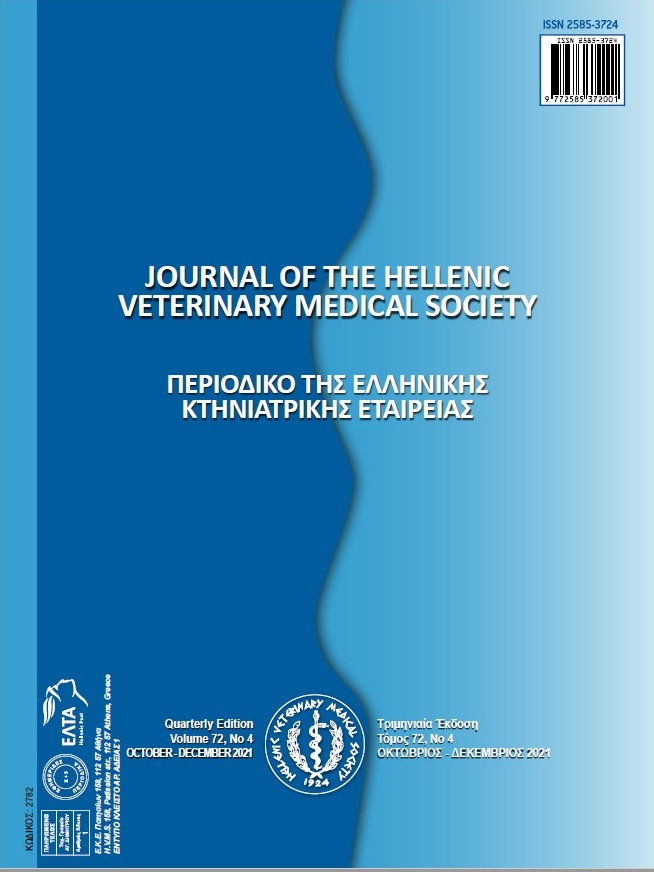Proteolytic activities and safety use of Enterococcus faecalis strains isolated from Turkish White Pickled Cheese and milk samples
Аннотация
In this study, Enterococcus faecalis proteolytic strains which have the potential to degradation of bovine milk proteins were isolated from Turkish White Pickled Cheeses and milk samples. E. faecalis strains were found to have strong caseinolytic activity. The extracellular protease enzymes produced by E. faecalis strains from 60 different samples were analyzed in the pattern of bands on a stained SDS-PAGE gel. The highest proteolytic activity of E. faecalis isolates were determined at pH 7.0 and 40 ℃ for 24 h. In addition, antimicrobial resistance and the presence of selected virulence genes of isolates were investigated for microbiological safety. These findings further emphasize that the E. faecalis isolates can be effective in the degradation of bovine milk proteins.
Article Details
- Как цитировать
-
BARAN, A., NADAROGLU, H., ÖNEM, H., & ADIGÜZEL, M. (2022). Proteolytic activities and safety use of Enterococcus faecalis strains isolated from Turkish White Pickled Cheese and milk samples. Journal of the Hellenic Veterinary Medical Society, 72(4), 3391–3400. https://doi.org/10.12681/jhvms.29382
- Выпуск
- Том 72 № 4 (2021)
- Раздел
- Research Articles

Это произведение доступно по лицензии Creative Commons «Attribution-NonCommercial» («Атрибуция — Некоммерческое использование») 4.0 Всемирная.
Authors who publish with this journal agree to the following terms:
· Authors retain copyright and grant the journal right of first publication with the work simultaneously licensed under a Creative Commons Attribution Non-Commercial License that allows others to share the work with an acknowledgement of the work's authorship and initial publication in this journal.
· Authors are able to enter into separate, additional contractual arrangements for the non-exclusive distribution of the journal's published version of the work (e.g. post it to an institutional repository or publish it in a book), with an acknowledgement of its initial publication in this journal.
· Authors are permitted and encouraged to post their work online (preferably in institutional repositories or on their website) prior to and during the submission process, as it can lead to productive exchanges, as well as earlier and greater citation of published work.



